Filter by
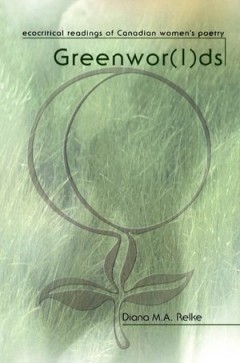
Greenwor(l)ds : Ecocritical Readings of Canadian Women's Poetry
Greenwor(l)ds rewrites the literary history of Canada from a feminist ecological perspective through a series of essays that examine the lives and work of nine women poets. Using insights from fields of knowledge as disparate as history and biology, physics and philosophy, psychoanalysis and communications studies, these essays reflect the transdisciplinary character of women’s studies genera…
- Edition
- -
- ISBN/ISSN
- 9781552386651
- Collation
- -
- Series Title
- -
- Call Number
- 800 REL g
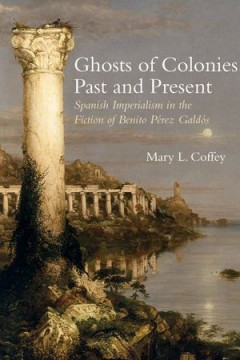
Ghosts of Colonies Past and Present : Spanish Imperialism in the Fiction of B…
Ghosts of Colonies Past and Present is the first comprehensive examination of how the literary production of Benito Pérez Galdós, widely considered Spain’s greatest nineteenth-century novelist, addresses the impact of imperial loss on the citizens of Spain. Well before the events that would lead inexorably toward 1898, Galdós’s texts question the nature of Spanish imperialism and the eff…
- Edition
- -
- ISBN/ISSN
- 9781789622133
- Collation
- -
- Series Title
- -
- Call Number
- 800 COF g
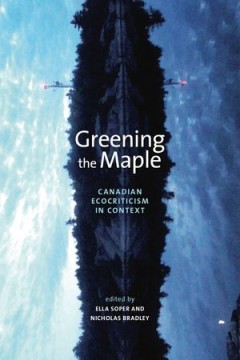
Greening the Maple : Canadian Ecocriticism in Context
Ecocriticism can be described in very general terms as the investigation of the many ways in which culture and the environment are interrelated and conceptualized. Ecocriticism aspires to understand and often to celebrate the natural world, yet it does so indirectly by focusing primarily on written texts. Hailed as one of the most timely and provocative developments in literary and cultural stu…
- Edition
- -
- ISBN/ISSN
- 9781552385487
- Collation
- -
- Series Title
- -
- Call Number
- 800 SOP g
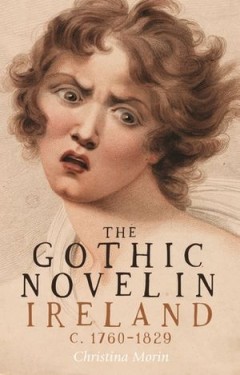
The gothic novel in Ireland : c. 1760–1829
The Gothic Novel in Ireland, 1760-1830 reveals how the Irish contribution to the rise of the gothic novel is all too frequently overlooked. Irish writers were actively engaged in shaping the form now conventionally understood as beginning with Horace Walpole's The Castle of Otranto (1764). Obviously an important text in the evolution of the gothic mode, the ostensibly pioneering Castle of Otran…
- Edition
- -
- ISBN/ISSN
- 9780719099175
- Collation
- -
- Series Title
- -
- Call Number
- 800 MOR g
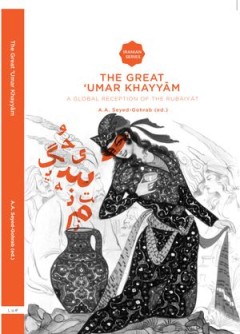
The Great Umar Khayyam : A Global Reception of the Rubáiyát
The Rubáiyát by the Persian poet ‘Umar Khayyæm (1048-1131) is used in contemporary Iran as a resistance literature, symbolizing the secularist voice in cultural debates. While Islamic fundamentalists criticize Khayyæm as an atheist and materialist philosopher who questions God’s creation and the promise of reward or punishment in the hereafter, secularist intellectuals see in him an exa…
- Edition
- -
- ISBN/ISSN
- 9789087281571
- Collation
- 288 halaman
- Series Title
- -
- Call Number
- 800 SEY g
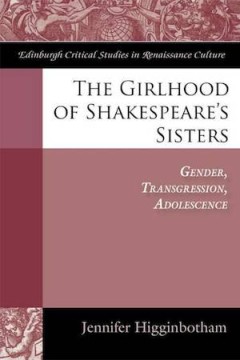
The Girlhood of Shakespeare's Sisters : Gender, Transgression, Adolescence
The first sustained study of girls and girlhood in early modern literature and culture. Jennifer Higginbotham makes a persuasive case for a paradigm shift in our current conceptions of the early modern sex-gender system. She challenges the widespread assumption that the category of the 'girl' played little or no role in the construction of gender in early modern English culture. And she demonst…
- Edition
- -
- ISBN/ISSN
- 9780748655908
- Collation
- -
- Series Title
- -
- Call Number
- 800 HIG g
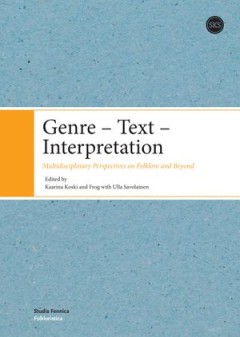
Genre - Text - interpretation : Multidisciplinary Perspectives On Folklore an…
"This book presents current discussions on the concept of genre. It introduces innovative, multidisciplinary approaches to contemporary and historical genres, their roles in cultural discourse, how they change, and their relations to each other. The reader is guided into the discussion surrounding this key concept and its history through a general introduction, followed by eighteen chapters tha…
- Edition
- -
- ISBN/ISSN
- 9789522227386
- Collation
- 482 halaman
- Series Title
- Studia Fennica Folkloristica, 22
- Call Number
- 800 GEN
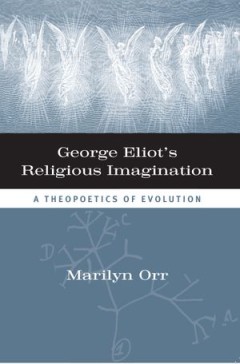
George Eliot's Religious Imagination : A Theopoetical Evolution
In this study, Orr attributes to George Eliot an ‘incarnational aesthetic' and reads her work in the light of it. Writing, she argues, might be said to have become the novelist's religion and ‘its most recognizable tenet was the living out of incarnation'. Here, Orr examines Eliot's works more or less chronologically because of the deeply evolutionary quality to Eliot's career. In a…
- Edition
- -
- ISBN/ISSN
- 9780810135895
- Collation
- -
- Series Title
- -
- Call Number
- 800 ORR g
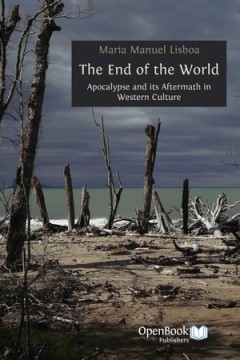
The End of the World : Apocalypse and Its Aftermath in Western Culture
Our fear of the world ending, like our fear of the dark, is ancient, deep-seated and perennial. It crosses boundaries of space and time, recurs in all human communities and finds expression in every aspect of cultural production—from pre-historic cave paintings to high-tech computer games.
- Edition
- -
- ISBN/ISSN
- 9781906924522
- Collation
- 219 halaman
- Series Title
- -
- Call Number
- 800 LIS e
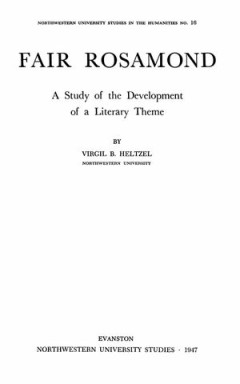
Fair Rosamond : A Study of the Development of a Literary Theme
In Fair Rosamond, Virgil B. Heltzel traces the character of Rosamond Clifford, known as Fair Rosamond - which has its origins as a theme in medieval literature -through its use in poetry and plays and novels, from the Renaissance through the early twentieth century. Heltzel’s book retains its importance today for scholars tracing certain thematic structures through all periods of literature.
- Edition
- -
- ISBN/ISSN
- 9780810138452
- Collation
- -
- Series Title
- -
- Call Number
- 370 HEL f
 Computer Science, Information & General Works
Computer Science, Information & General Works  Philosophy & Psychology
Philosophy & Psychology  Religion
Religion  Social Sciences
Social Sciences  Language
Language  Pure Science
Pure Science  Applied Sciences
Applied Sciences  Art & Recreation
Art & Recreation  Literature
Literature  History & Geography
History & Geography